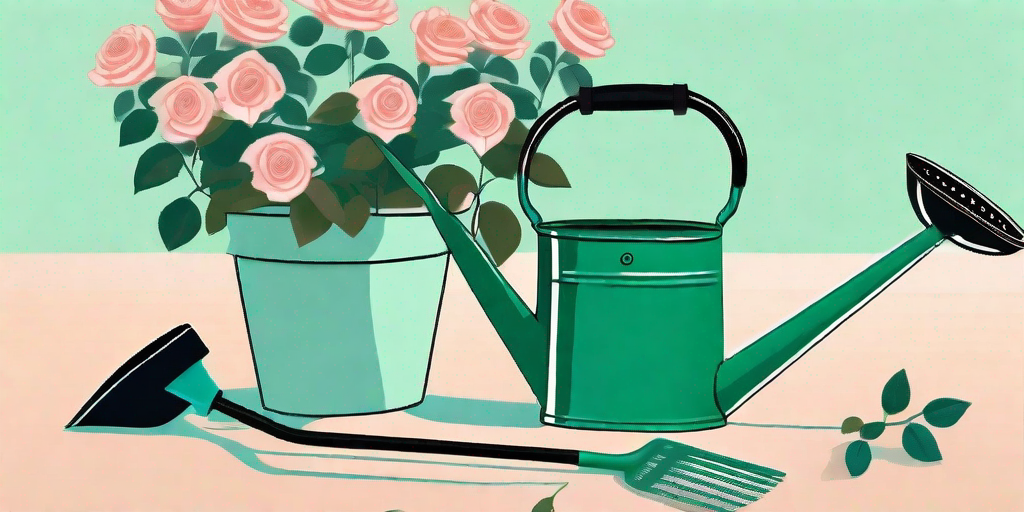
Welcome, green-thumbed friends and aspiring horticulturists! Today, we're diving into the delightful world of miniature gardens. If you've ever dreamed of creating your own Eden in a teacup, or a forest in a fishbowl, you're in the right place. Let's get down to the nitty-gritty (or should we say, teeny-weeny?) details of growing and caring for your own miniature garden.
Why Miniature Gardens?
Before we get our hands dirty, let's address the elephant in the room (or rather, the bonsai on the table). Why go miniature? Well, for starters, they're adorable. There's something inherently charming about a tiny, perfectly formed rose or a bonsai tree that fits in the palm of your hand. But it's not just about aesthetics.
Miniature gardens are perfect for those with limited space. If you live in an apartment or have a small backyard, a miniature garden allows you to indulge your green thumb without needing a sprawling lawn. Plus, they're a fantastic way to introduce children to gardening, teaching them about plant care and responsibility in a manageable, fun-sized way.
Choosing Your Plants
Now that we've established why miniature gardens are the bee's knees, let's talk about choosing your plants. Not all plants are suitable for miniature gardening, so it's important to choose wisely.
Firstly, look for plants that are naturally small or slow-growing. Miniature roses, succulents, and dwarf varieties of larger plants are all excellent choices. Secondly, consider the conditions your garden will be in. If it's going to be indoors, choose plants that can handle lower light levels. If it's outdoors, make sure your plants can handle your local climate.
Top 5 Plants for Miniature Gardens
- Miniature Roses: These tiny beauties are perfect for adding a pop of color to your garden.
- Succulents: Easy to care for and available in a variety of shapes and sizes, succulents are a great choice for beginners.
- Dwarf Conifers: These slow-growing trees add height and structure to your garden.
- Fairy Ferns: With their delicate leaves and compact growth habit, fairy ferns are ideal for adding a touch of whimsy.
- Moss: Moss can be used to create a lush, green carpet, perfect for a woodland-themed garden.
Creating Your Miniature Garden
With your plants chosen, it's time to get creative. The first step is to choose your container. This could be a traditional plant pot, a terrarium, or even a repurposed item like a teacup or a vintage suitcase. The only limit is your imagination (and perhaps your budget).
Next, you'll need to prepare your container. This usually involves adding a layer of pebbles for drainage, followed by a layer of potting soil. Then, it's time to plant your miniature garden. Arrange your plants in a way that pleases your eye, but remember to consider their needs. Some plants might prefer the shade of others, or need more space to grow.
Once your plants are in place, you can add the finishing touches. This could be a layer of moss, a miniature fairy house, or even a tiny garden gnome. Again, this is your chance to let your creativity shine.
Caring for Your Miniature Garden
Creating your miniature garden is just the beginning. To keep it looking its best, you'll need to provide ongoing care. This includes regular watering, occasional feeding, and pruning to keep your plants in check.
Watering can be tricky with miniature gardens, as it's easy to overdo it. A good rule of thumb is to water when the top inch of soil feels dry to the touch. Feeding should be done sparingly, using a diluted liquid fertilizer. Pruning is important to maintain the miniature scale of your garden. Don't be afraid to trim back your plants if they start to outgrow their space.
Frequently Asked Questions
Can I use any plant in a miniature garden?
While you can technically use any plant in a miniature garden, it's best to stick to small or slow-growing varieties. This will help maintain the scale of your garden and prevent any one plant from taking over.
Do miniature gardens need a lot of sunlight?
This depends on the plants you choose. Some plants, like succulents, need a lot of sunlight, while others, like ferns, prefer shady conditions. Always research the needs of your plants and position your garden accordingly.
How often should I water my miniature garden?
Again, this depends on your plants. As a general rule, water when the top inch of soil feels dry to the touch. Be careful not to overwater, as this can lead to root rot.
Conclusion
And there you have it, folks! A comprehensive guide to creating and caring for your own miniature garden. Whether you're a seasoned gardener looking for a new challenge, or a newbie looking to dip your toes into the world of horticulture, miniature gardening is a fun and rewarding hobby. So why wait? Grab your trowel, pick your plants, and start creating your own tiny paradise today!















